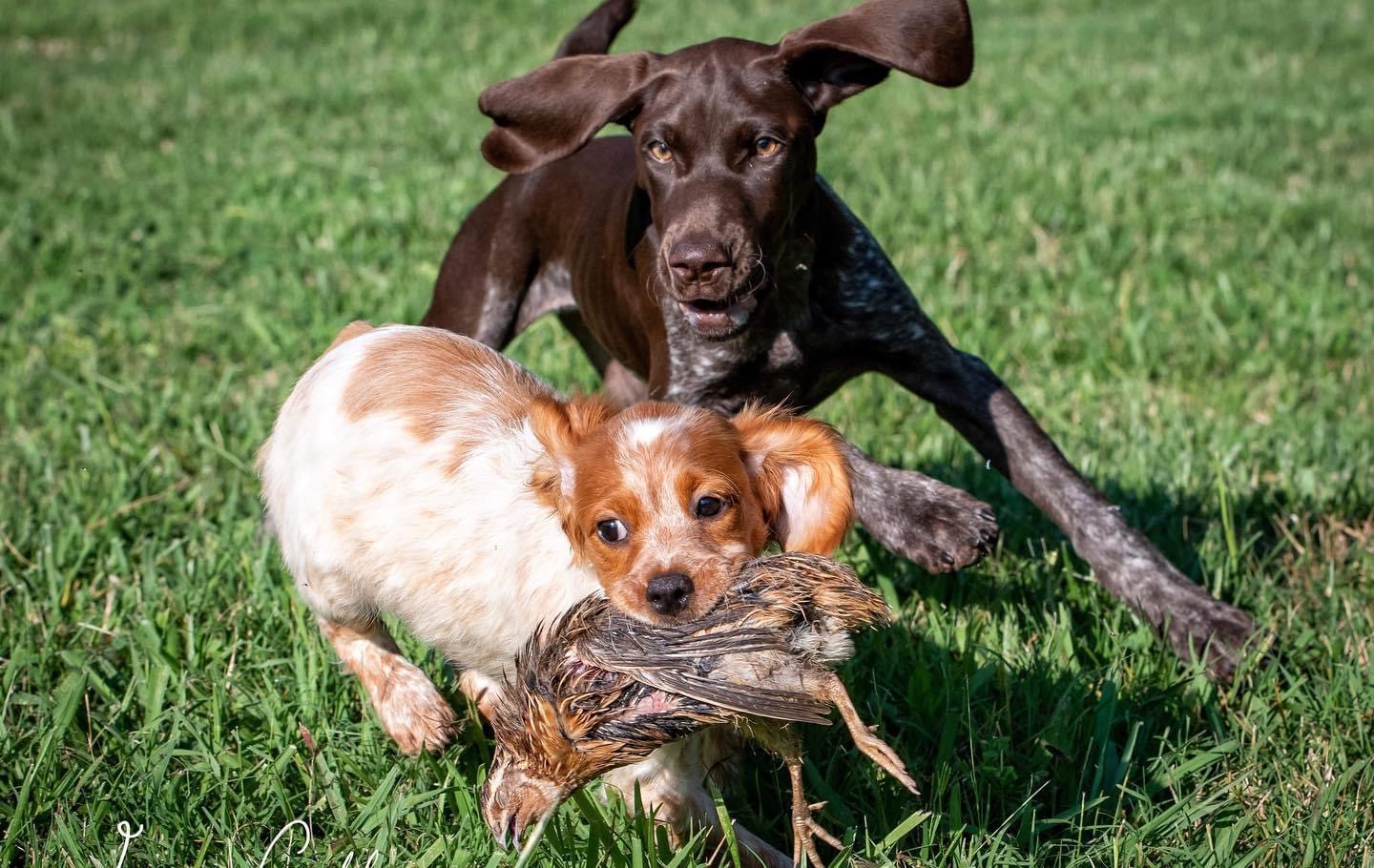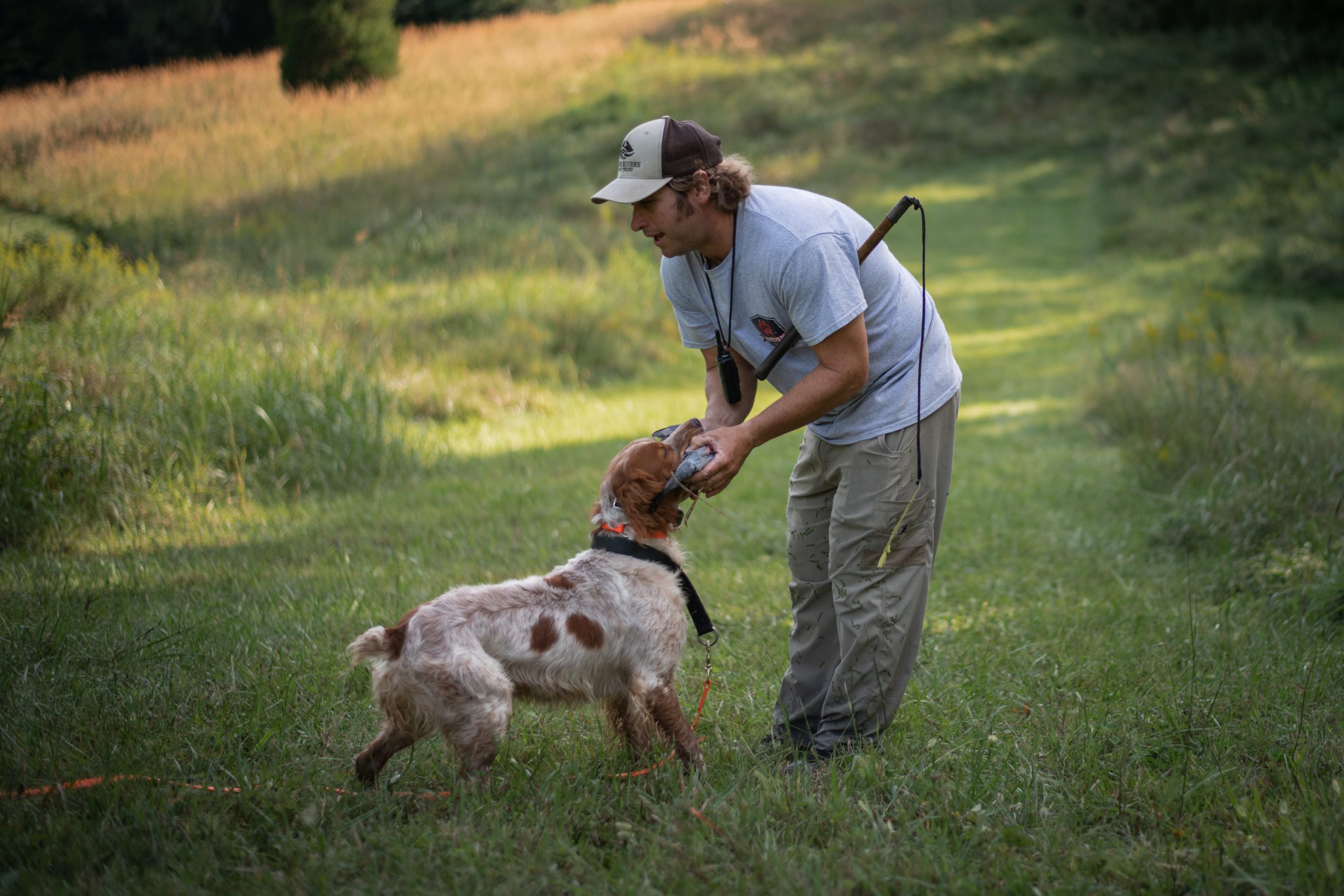I’m not sure which topic is most popular for click baity gun dog content, but my guess is that it is the ever present breed comparison. “Lab vs Chessie”, “Top Ten Bird Dog Breeds”, “Best Breeds for Home and Field”. People are apparently doing a lot of research on the subject and internet content providers are happy to oblige. Heavens knows I’ve indulged in plenty breed geek conversations. After all, I’m a French Brittany hobbyist… good luck finding a more esoteric bunch. Here’s the rub, you won’t hear me trying to convince someone that my breed is generally better than any other, and I’m not likely talk someone into purchasing a French Brittany if they’re not already considering one. After twenty years as a dog trainer, I’m convinced that there is more variation within dog breeds than amongst them (after accounting for specialized behavioral characteristics such as pointing, treeing, herding, etc are accounted for).
We, as a collective dog culture are obsessed with the idea of “pure blood” in dogs. Not terribly long before the turn of the twentieth century there were fewer “breeds” and more “types”. Most of these “types” arose as a result of geography and desirable working traits. Look at the number of herding breeds that originated in Western Europe. How many eighteenth and nineteenth century sheep herders do you think gave more credence to purity of blood than working ability? Even today, herding type dogs used in police work are often unregistered and of mixed breed origin. Many of these dogs come from Holland or Belgium where there is a tradition of breeding for type before “breed”. The breeders of these dogs know their lines as well as any modern breeder and are certainly not afraid of line breeding to fix and maintain type, but when the time comes to outcross they do so to improve the line. Sometimes that means outcrossing to a different type of dog (non herder) altogether. After dozens of generations of purpose driven breeding I think its safe to suggest that these dogs have ceased to be herding type and have become police type. Other modern examples of dogs being bred for type without much regard to registries are Lurchers, Curs, Feists, and Sled Dogs. I’m sure there are more these are just the ones I’m familiar with, and all are bred for function first.
It is not my intent to demonize registries or “pure breeds” but to warn potential puppy buyers not to become to fixated on a breed. Think in terms of type first and then let the broad brush of generalization lead you to the breed of your choosing. Be patient. If you’re in search of a versatile hunting dog for upland and waterfowl hunting, then go to a NAVHDA training day in your area and watch the dogs work. Get to know the folks involved with the breed clubs and testing organizations. Be aware that versatility requires compromise. If the great majority of your hunting season is spent in a duck blind, then there is a good chance that you’ll be better served visiting a retriever club. That said, if you’re one to spend most of your season on the prairies or in the grouse woods chasing upland birds maybe a pointer or setter is in order. There are good and bad examples of all breeds, and there are exceptions to every rule. The sweetest, most calm, pleasure dog of a pointing breed I’ve ever hunted over is a 70lb English Pointer from the fire breath’nist all age lines running today (2020). Conversely, a few of my French Brittanys couldn’t be turned loose without eliciting a bit of nausea as they crested a distant hill without so much as looking back.
Do your research. Learn your potential breeders’ priorities and make sure they align with your own… Then go ahead and buy into the broad, sweeping generalizations and get what you want.




